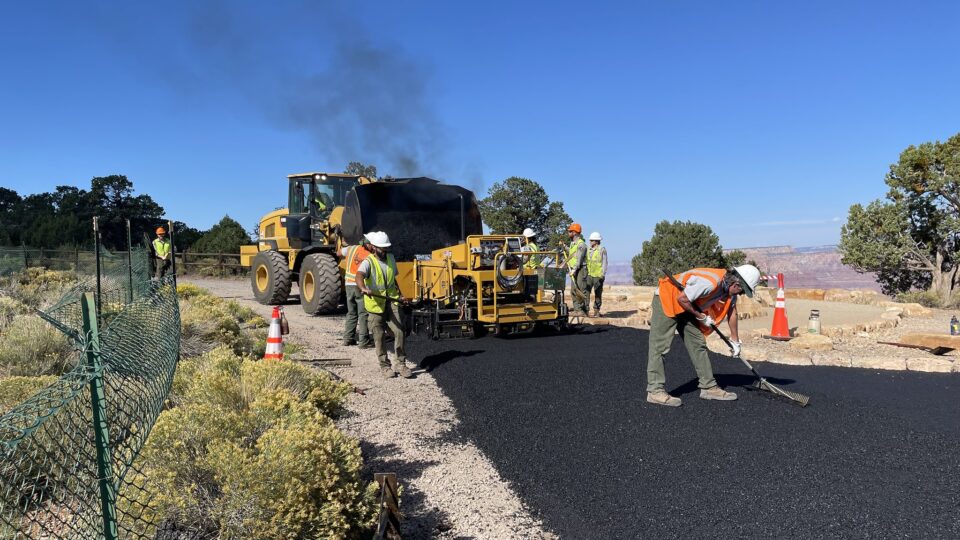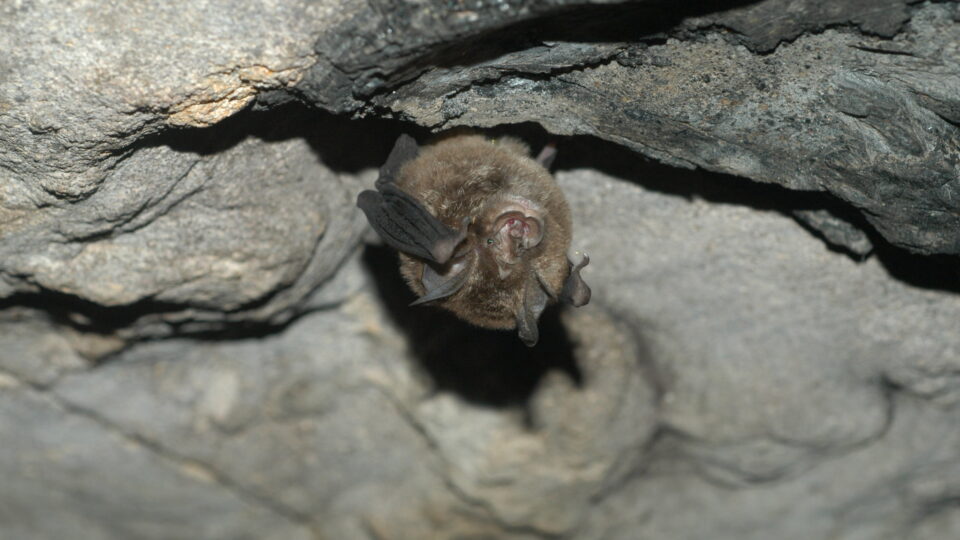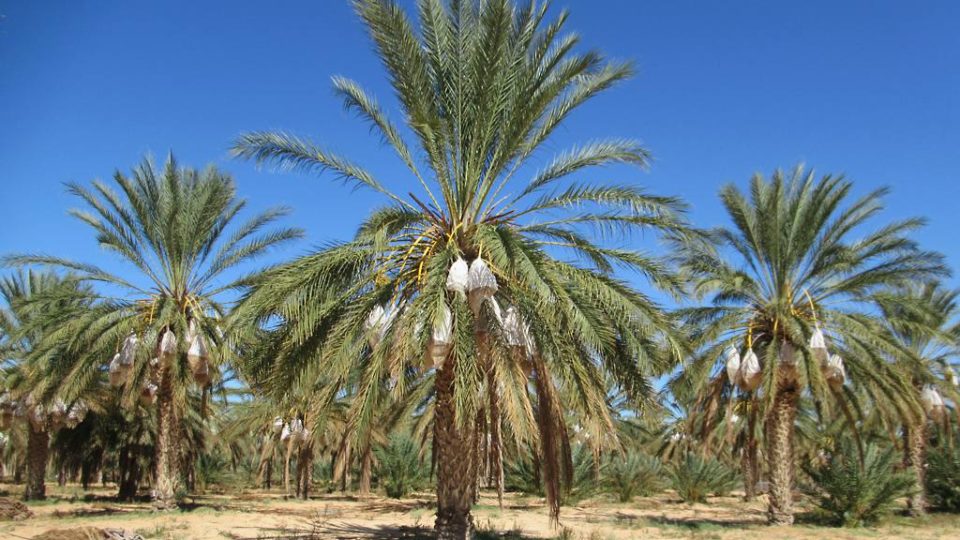People have generated 8 billion tons of plastic waste over time and less than 10% of it has been recycled. Millions of tons of it escapes into the oceans. Plastic piles up virtually everywhere on earth.
There are many approaches to dealing with the plastic waste problem and no one of them is a magic bullet. Engineers at Stanford University have investigated the prospects for upcycling plastic waste for use in infrastructure like buildings and roads.
They used a mix of computer modeling, scientific research, experimental and field data to analyze the potential for using plastic waste in infrastructure.
Among their findings is that recycled glass fiber reinforced polymer composite – which is a tensile plastic commonly used in car, boat, and plane parts – is a promising material for reuse in buildings.
Roads in which waste plastic is melted down and mixed with conventional paving materials are becoming more common around the world. India has installed over 60,000 miles of these roads. Studies show that roads containing waste plastic have the potential to perform better than conventional roads. They can last longer, are more durable, can tolerate wide temperature swings, and are more resistant to water damage, cracking, and potholes. Such roads rely less upon virgin fossil resources, which is obviously advantageous.
Upcycling plastic waste in infrastructure is attracting increasing interest because it creates value from something that is strictly a liability and may end up having regulatory advantages as societies move toward more environmentally friendly and sustainable policies.
**********
Web Links
Can we use plastic waste to build roads, buildings, and more?
Photo, posted October 7, 2022, courtesy of the Grand Canyon National Park via Flickr.
Earth Wise is a production of WAMC Northeast Public Radio




